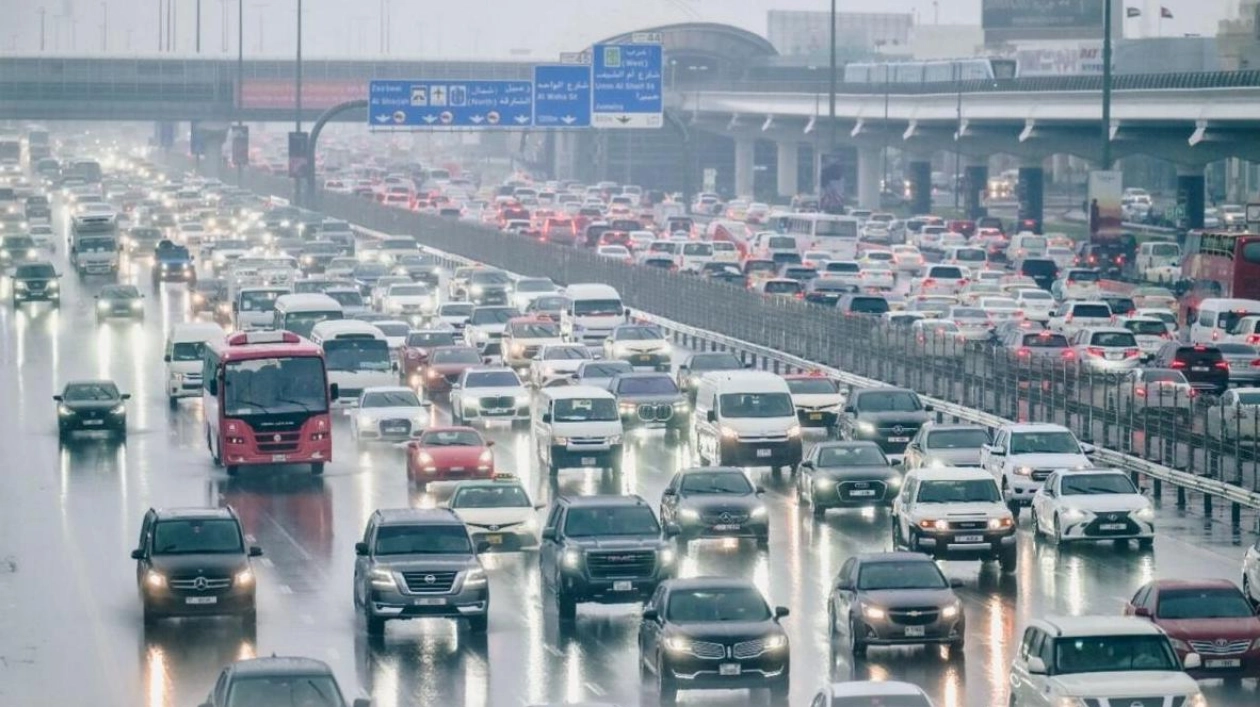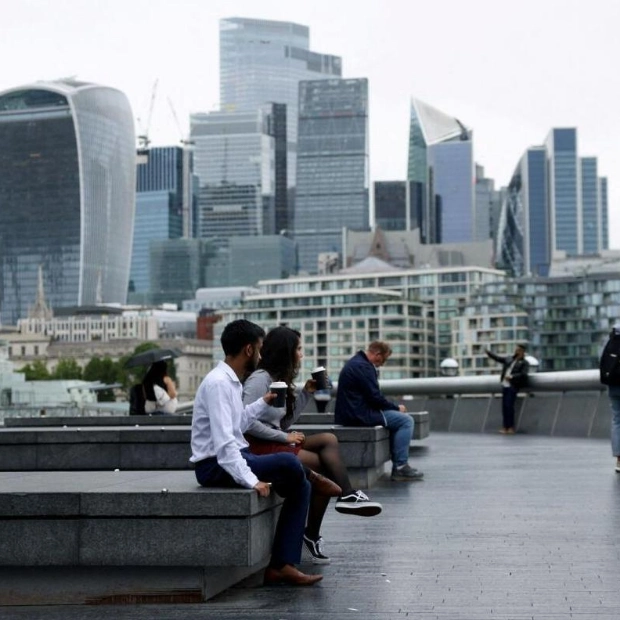London, San Diego, Stockholm, Singapore, and Milan are among the world's busiest cities that enforce a congestion charge—a fee imposed on drivers to navigate through crowded zones during specific hours. This measure is not only aimed at easing traffic congestion but also at enhancing air quality and raising funds for public transport improvements. For instance, in London, a £15 congestion fee is levied on most vehicles entering Central London from 7am to 6pm on weekdays and from 12noon to 6pm on weekends and public holidays, excluding the period between Christmas Day and New Year's Day.
Could the introduction of a congestion charge in Dubai help alleviate traffic, reduce pollution, and fund mass transit? Khaleej Times sought the opinions of transportation experts and urban planners. Dr. Monica Menendez, Associate Dean of Engineering for Graduate Affairs at New York University Abu Dhabi (NYUAD), highlighted that a congestion charge is an economic strategy to curb traffic congestion. She explained, "If the cost of something increases—be it clothing or road usage—demand usually decreases. Therefore, congestion charges are employed to discourage road use during peak times, potentially reducing congestion and its associated negative impacts, including air pollution."
Dr. Menendez further noted that the revenue generated from congestion charges could be utilized to enhance more sustainable transport modes, such as public transportation, which in the long run could also contribute to reducing traffic congestion. However, for this to be effective, drivers must have the flexibility to alter their travel times, routes, or opt for alternative transport like buses or metros. Without such flexibility, demand may remain unchanged, and congestion levels might not decrease.
The primary concern, though, is that implementing a congestion charge would impose additional costs on motorists. Dr. Menendez acknowledged this, stating, "Pricing is an effective economic tool to modify demand, but people generally dislike paying more. Therefore, increasing flexibility in working hours or mobility options could help some individuals avoid congestion fees." She suggested that flexible working hours, competitive alternative transport options, and discounts for vehicles with multiple occupants could encourage mode switching and carpooling, thereby reducing the number of cars on the road.
Dr. Menendez also clarified that while congestion charges and Salik operate on similar principles, congestion charges typically vary and increase during high-demand periods, encouraging drivers to adjust their departure times, routes, or modes of transport. Urban planner and architect Aileen Llagas supports the implementation of a congestion charge, noting its effectiveness in reducing vehicle numbers and emissions, as seen in Stockholm's 2006 implementation.
Dr. Mostafa Al Dah, founder of MA-Traffic Consulting, suggested that congestion charges could be applied in densely commercial areas like Downtown Dubai and around Burj Khalifa, benefiting both residents and tourists. He noted that in the UAE, car ownership is easier and more affordable than in Europe, leading to unnecessary vehicle use. Imposing a congestion charge in certain areas could reduce vehicle volume, encouraging the use of mass transit.
Ultimately, urban planners and road experts agree that while congestion charges are effective in some cities, they alone cannot fully address traffic issues or improve air quality. Dr. Menendez emphasized the need for a comprehensive strategy that enhances system efficiency, discourages car use, and promotes sustainable transport modes, along with a shift in public attitude towards mass transit and climate-friendly transportation.






